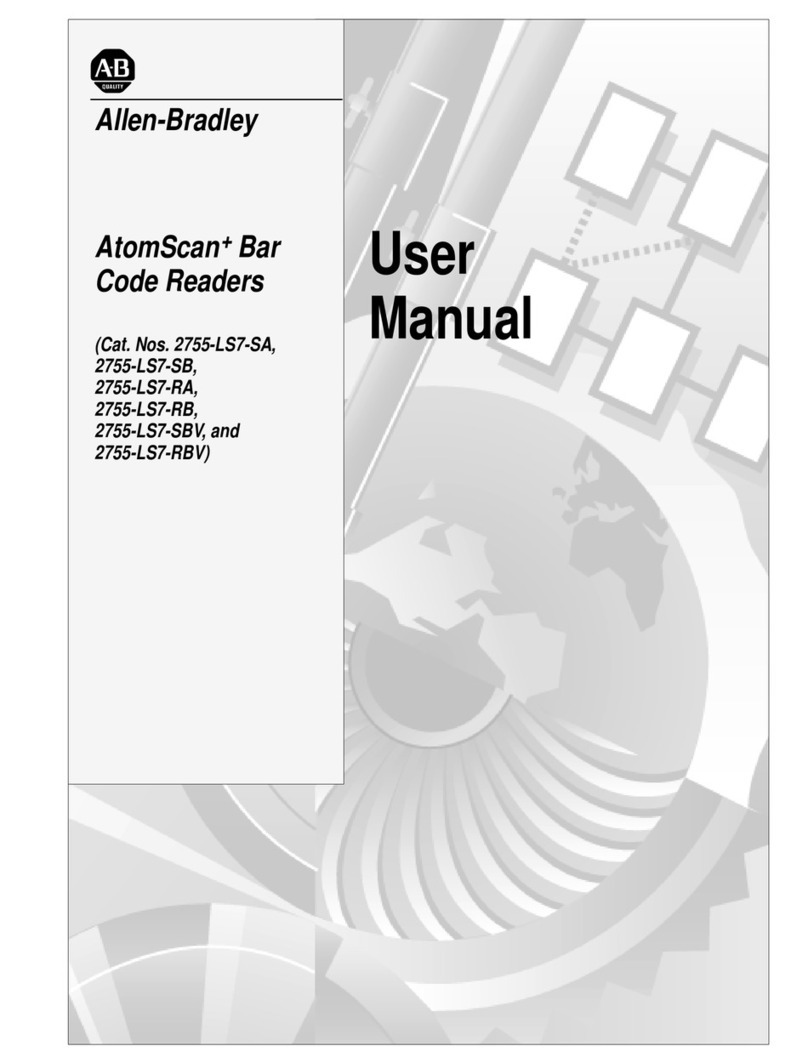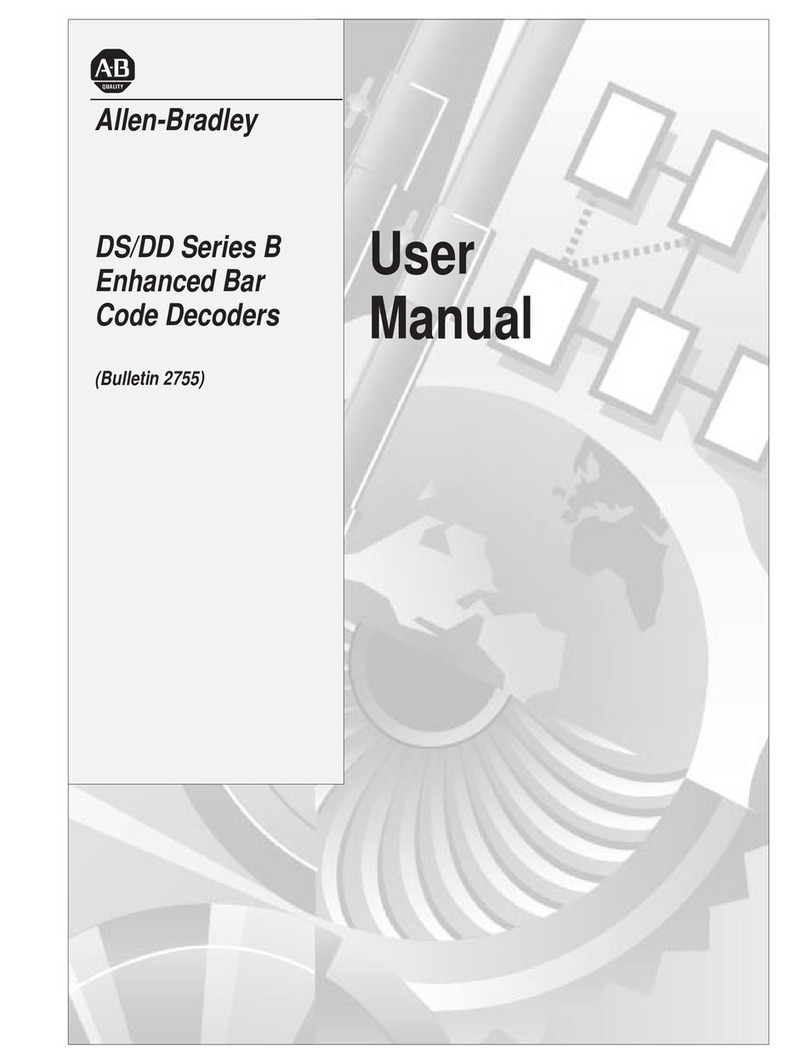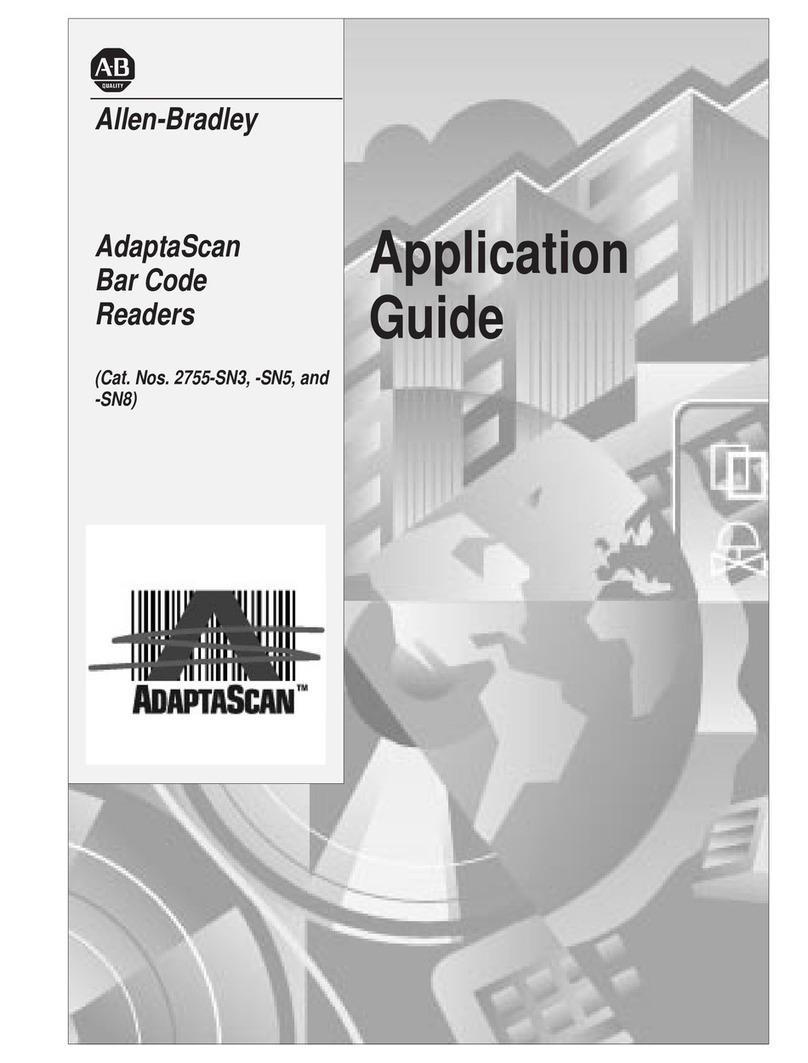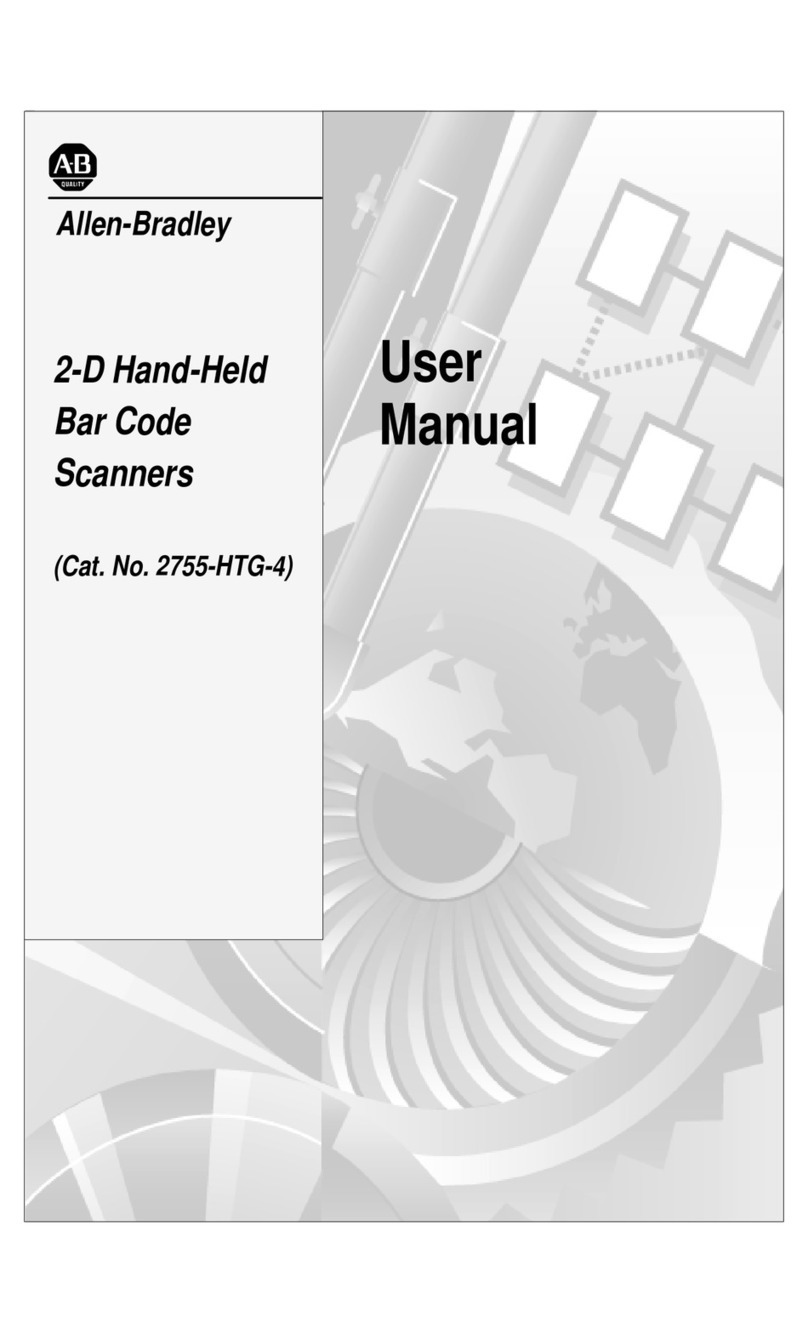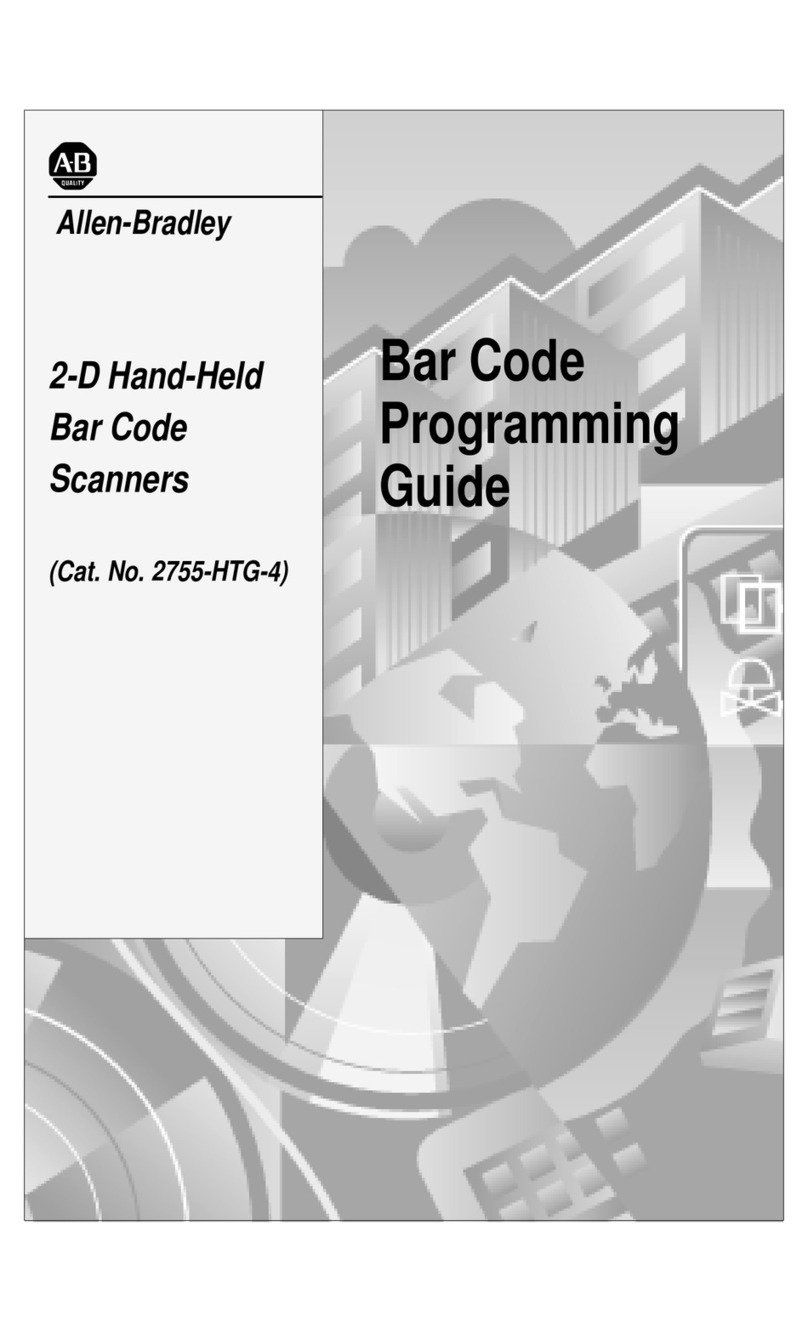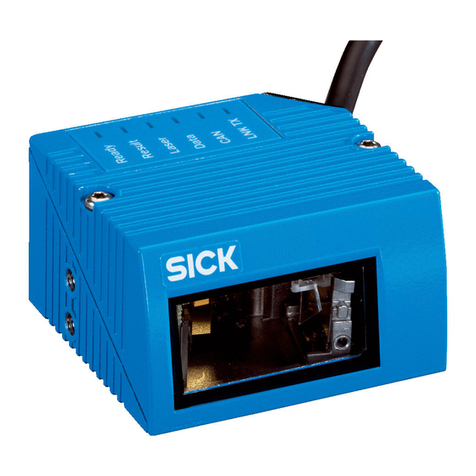Solid state equipment has operational characteristics
differing from those of electromechanical equipment.
“Application Guidelines for Application, Installation, and
Maintenance of Solid State Controls” (Publication
SGI-1.1) describes some important differences between
solid state equipment and hard–wired electromechanical
devices. Because of this difference, and also because of the
wide variety of uses for solid state equipment, all persons
responsible for applying this equipment must satisfy
themselves that each intended application of this
equipment is acceptable.
In no event will the Allen-Bradley Company be
responsible or liable for indirect or consequential damages
resulting from the use or application of this equipment.
The examples and diagrams in this manual are included
solely for illustrative purposes. Because of the many
variables and requirements associated with any particular
installation, the Allen-Bradley Company cannot assume
responsibility or liability for actual use based on the
examples and diagrams.
No patent liability is assumed by Allen-Bradley Company
with respect to use of information, circuits, equipment, or
software described in this manual.
Reproduction of the contents of this manual, in whole or in
part, without written permission of the Allen-Bradley
Company is prohibited.
Compaq is a registered trademark of Compaq Computer Corporation.
DEC and VT are registered trademarks of Digital Equipment Corporation.
Hewlett-Packard is a registered trademark of Hewlett-Packard Company.
IBM is a registered trademark of Internationa Business Machines Corporation
PC AT, PS/2 and PC XT are trademarks of International Business Machines Corporation
PHOTOSWITCH is a registered trademark of Allen-Bradley Company, Inc.
Important User
Information
